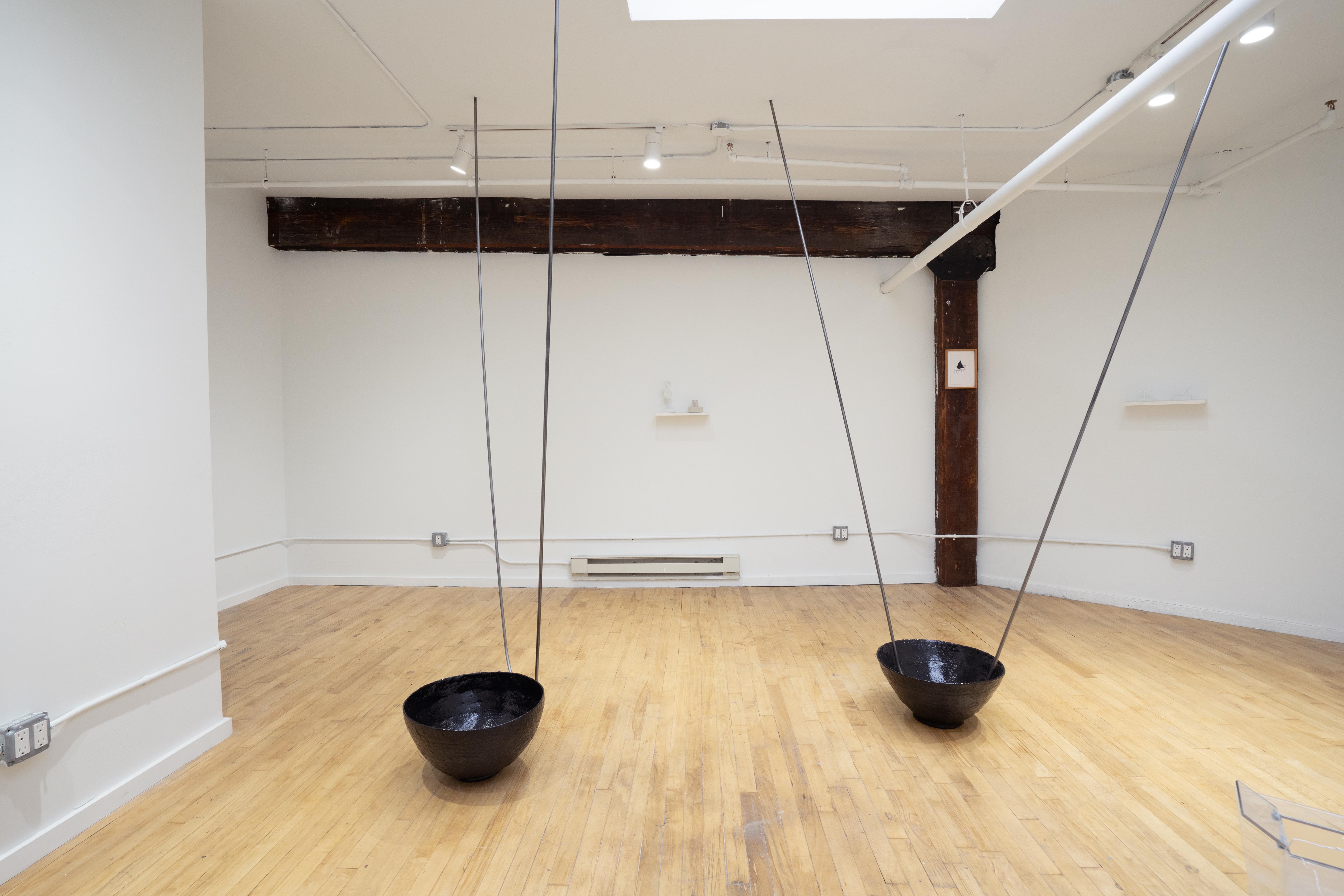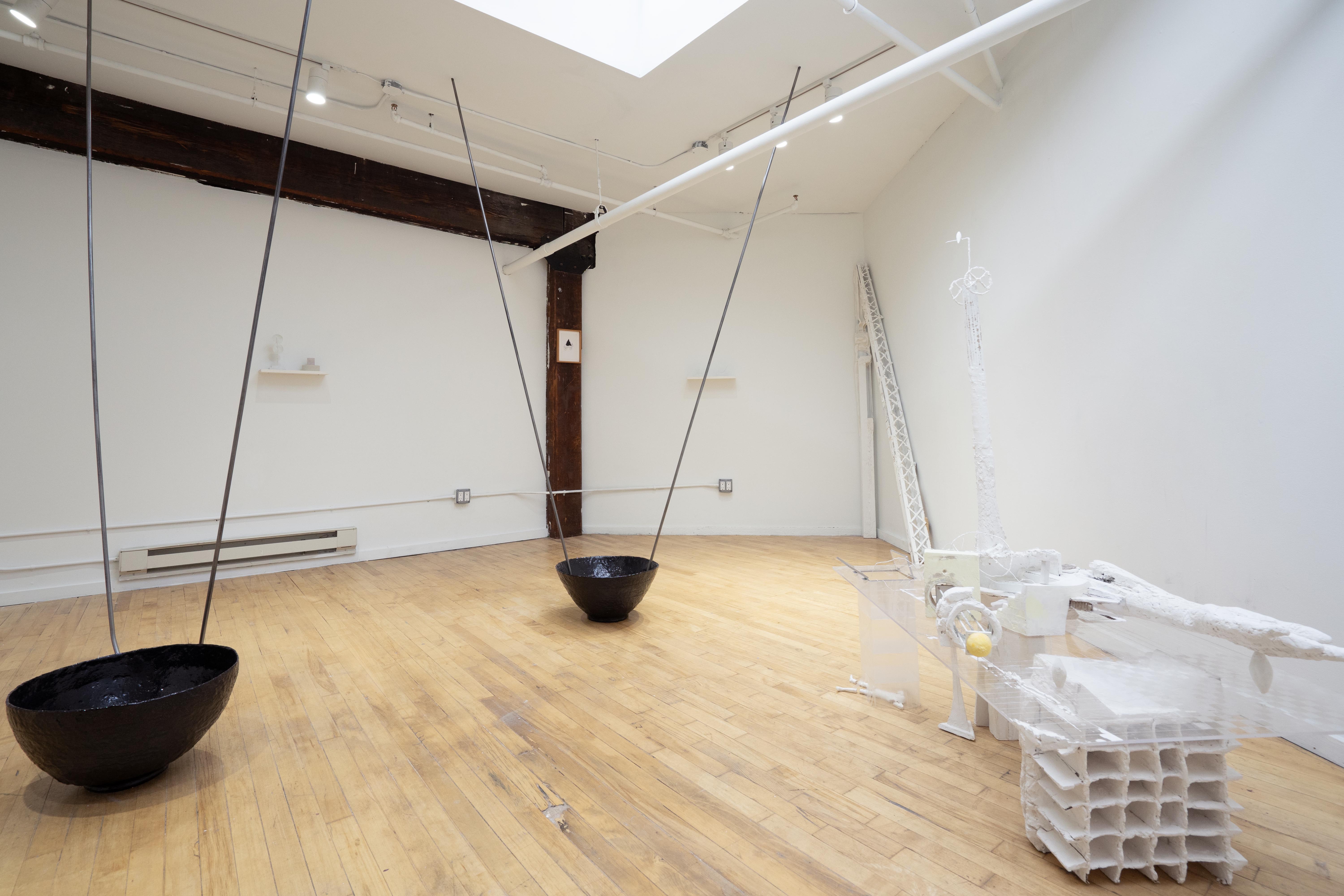MISE EN ABYME
BUTTERFLY MAP
NEW COMIC DAY
Will you Marry Me?
DOUBLES
nothing _____ can stay
Carrier Pigeon
Moving towards Home:
Art for Palestine in New York City 1989 & 2024
The Seeker & The Imposter
OUR HOUSE
YOU DON’T
MATTER GIVEUP
WHAT A FOOL BELIEVES
FLOATERS
Sweet Salvation
siding with things
Medium Rare
MOULT
Several Species of Small Furry Animals Gathered Together in a Cave and Grooving With a Pict
WHO IS PLUTO
Fractal Noise
Flame Casts No Shadow
TOO MUCH LOVE WILL KILL YOU
The Last City Museum in NY
Vol 2. A1 Landscape
Vol 1. 8F Figure
BUTTERFLY MAP
NEW COMIC DAY
Will you Marry Me?
DOUBLES
nothing _____ can stay
Carrier Pigeon
Moving towards Home:
Art for Palestine in New York City 1989 & 2024
The Seeker & The Imposter
OUR HOUSE
YOU DON’T
MATTER GIVEUP
WHAT A FOOL BELIEVES
FLOATERS
Sweet Salvation
siding with things
Medium Rare
MOULT
Several Species of Small Furry Animals Gathered Together in a Cave and Grooving With a Pict
WHO IS PLUTO
Fractal Noise
Flame Casts No Shadow
TOO MUCH LOVE WILL KILL YOU
The Last City Museum in NY
Vol 2. A1 Landscape
Vol 1. 8F Figure






BUTTERFLY MAP
06.20 – 07.27.2025
Khia Hong, Chung Seoyoung, Trevor King and Eric Oglander
BUTTERFLY MAP takes its title from Ogamdo (오감도, crow’s eye view), a collection of fifteen poems by a revolutionary Korean poet Yi Sang. The exhibition title suggests the perspective of a butterfly, which spends the first part of its life crawling on the ground and the latter soaring through the sky. To become a butterfly, a caterpillar must first dissolve itself within the chrysalis. Its becoming requires a complete digestion of its previous form—with its soft tissues breaking down into a nutrient-rich fluid fueling the cellular transformation. Only then does the butterfly emerge.
Inside the gallery, the works of Khia Hong, Chung Seoyoung, Trevor King, and Eric Oglander explore a kind of metamorphosis of their own—with transformation of materials, forms, and ideas. Reflecting a shift in her practice following her move to New York, Khia Hong’s Atlas (2025) entwines architectural and bodily forms in a playful study of proportion. Stairs lead up to a cliff-like structure, a ladder rises to a plexiglass ceiling, and a cast hand rests on a voluptuous column. Each element depends structurally on others, forming a relational network that gives meaning to the whole.
Similarly, Chung Seoyoung’s Drawing 1993–1997 (1993) combines a dolly with a mountain-like structure, with its idiosyncrasy reminiscent of the artist’s decades-long sculptural practice. The piece, like Hong’s, suggests discovery through the unexpected pairing of form and function.
In the center of the gallery, Trevor King’s How can a bowl support the universe? (2025) sculpts pathways for the viewers, while responding to the natural light coming from the windows above. Two subtly different metal arches draw the viewer’s eye upward and downward, mirroring the curve of the empty vessels placed on the gallery floor. The titular reference to King’s mentor Richard Wukich demonstrates the biographical citation embedded throughout the artist’s practice. Here, pottery acts as a container of memory, whereas the wire structures invite one to pay attention to the echoes of such encounters.
On the wall, the intimate scale of Eric Oglander’s poetic assemblages invites curiosity, close looking, and playfulness. A subtle yet deliberate mix of found objects emerges from Oglander’s daily practice of observing and collecting. His sculptures are rooted in the origins of their materials with the artist assuming the role of a storyteller. Driven by compulsions and curiosities, his works reveal an imaginative, sometimes magical, synthesis of the narratives the artist excavates through his engagement with materiality.
Originally conceived as a series of thirty poems, Yi’s Ogamdo faced heavy criticism for its ambiguity, leading the publication to run only fifteen of the thirty. Yet it is precisely this ambiguity that continues to draw readers in, revealing new meanings with each reading. In the tenth poem, Yi glimpses a butterfly in torn wallpaper and in his own mustache—discovering metamorphosis everywhere, even in his own reflection. As such, the works in Butterfly Map invites us to dwell, wander, discover, and digest. They encourage us to extend our gaze—and, in doing so, to turn that gaze inward.
-Text by Min Park
Khia Hong is a sculptor who engages with the physical and emotional dimensions of everyday life, using materials and form to examine how forces such as weight, gravity, scale, tension, and strength—as well as memories, emotions, beliefs, and ideologies—shape our bodily and perceptual appearance and experience of the world. She is currently pursuing an MFA at Hunter College in New York and attended Skowhegan School of Painting & Sculpture in 2024.
Chung Seoyoung's work stretches the line between the observer and the object, creating spaces that force the viewer to consider their own space within the realm of the work. She utilizes a precise sculptural language, carefully manipulating everyday objects and materials, and intervening into the spaces with which her works engage. Part of a generation of artists who contributed significantly to the development of contemporary art in Seoul in the 1990s, Chung continues to develop idiosyncratic work that delights viewers.
Chung Seoyoung was born in Seoul in 1964, where she currently lives and works. After studying at Seoul National University and the Staatliche Akademie der Bildenden Künste in Stuttgart, she held residencies with the SSamzie Space Studio Program and the Changdong Art Studio, both in Seoul. Her latest solo exhibitions include What I Saw Today (Seoul Museum of Art, 2022), Knocking Air (Barakat Contemporary, 2020), Ability vs. Invisibility (Tina Kim Gallery, 2017), Chung Seoyoung (Audio Visual Pavilion, 2016), The Speed of the Large, the Small and the Wide (Ilmin Museum of Art, 2013), and Apple vs. Banana (Kim Kim Gallery, 2011). Her work has recently been included in group shows at KADIST San Francisco & Incheon Art Platform (2021-22), Seoul Museum of Art (2020), National Museum of Modern and Contemporary Art, Gwacheon, Korea (2020), National Museum of Modern and Contemporary Art, Seoul, Korea (2019) and has been shown in galleries and museums in Frankfurt, Bonn, Copenhagen, Sydney, and Tokyo. She also exhibited at the Korean Pavilion of the 50th Venice Biennale (2003) and at the Gwangju Biennale (1997, 2002, and 2008).
Trevor King is a New York City–based artist whose multidisciplinary practice—spanning ceramics, video, and sculpture—explores themes of time, memory, labor, and personal relationships. Raised in Butler, Pennsylvania, King’s work is deeply influenced by the region’s working-class legacy and cultural shifts following the decline of American manufacturing. His art often reflects a search for meaning within changing landscapes, drawing on the physical and emotional textures of his upbringing.
King holds a BFA from Slippery Rock University, where he also studied in the Sculpture and Intermedia Departments at the Academy of Fine Arts in Poznań, Poland as a foreign exchange student. He earned his MFA from the Stamps School of Art & Design at the University of Michigan in 2015.
He has been an artist-in-residence at institutions including Township10, MASS MoCA, Haystack Mountain School, Ox-Bow, Sculpture Space NYC, Greenwich House Pottery, and The Hambidge Center. He was a Fellow at the Bronx Museum of the Arts and currently serves as a Professor of Art at Marymount Manhattan College. King’s work has been featured in Sculpture Magazine, Maake Magazine, Floræ, and CFile, and have also appeared in the New York Times and Wall Street Journal. Recent solo exhibitions include Projections at Art Lot (2022), Notions at Concept Gallery (2022) and Sculpture Space NYC (2018), and STILLNESSNESS at Emmanuel Barbault Gallery (2018). His group exhibitions include Crucible at Spencer Brownstone Gallery (2022), Bronx Calling at the Bronx Museum of the Arts (2021), Echoes, Ripples, and Buzzed Whispers at Fjord Gallery (2025), and Melting Point at Craft Contemporary (2018).
Eric Oglander (b. 1987, Nashville, TN) is a self-taught sculptor living and working in Queens, New York. Growing up fishing and hunting for arrowheads in the woods outside of Nashville, his work stems from a relationship with collecting, found objects, and primitive skill-sets with a focus on minimal forms.
Oglander’s work has been exhibited at NADA NY, Deli Gallery, Patrick Parrish Gallery, Swivel Gallery, New Release Gallery, The Shed Space, and The Castle in New York; Poem 88 in Atlanta, GA; The Fine Art Museum at Western Carolina University; Institute 193 in Lexington, KY; Soho Revue Gallery and Cob Gallery in London, UK; NADA x Foreland in Catskill, NY. Oglander has also worked as an assistant to American sculptor Robert Gober for several years.
All photos courtesy of Subtitled NYC, New York